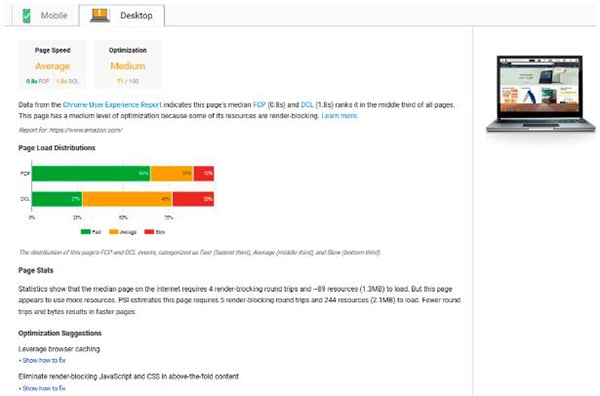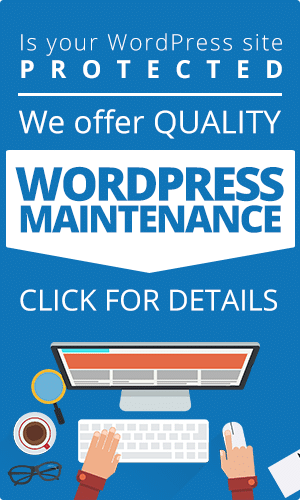Many people want to start an online store, but don’t know enough about eCommerce basics to get the job done correctly. Don’t worry, that’s exactly what we’re here to teach you today. Let’s dig in!
Anyone can launch an eCommerce shop these days. After all, there are plenty of resources available even to those that have no website building experience.
But if you want to be competitive, generate real money, and build a large following of repeat customers, it’s going to take more than just setting up shop and hoping people buy.
That’s why we’re here to help guide you when it comes to the basics of opening up and running an online store.
Building a strong foundation will get you started on the right foot when it comes to your eCommerce website; and if you follow these helpful steps, you’ll be well on your way to building a scalable, and successful, online business.
Our Top 4 Tips On eCommerce Basics
1. Choose a Reliable eCommerce Platform
When it comes to picking the right eCommerce platform to build your online store on, there are plenty of options.
In fact, there are so many options available you run the risk of becoming completely overwhelmed and not knowing which platform is best.
Luckily, there are some easy things to consider before you start your research and make a final decision about your eCommerce platform.
Let’s take a look:
- Skillset: Sure, anyone can technically launch an online shop, regardless of how much website building experience they have. That said, some eCommerce platforms are more difficult to use if you’re a beginner and are worth eliminating from your list of potential platforms if you have never built a website, dabbled in code, or designed a website before.
- Scalability: It’s important to think about both your short and long-term goals before choosing a platform to build your shop on. For example, do you plan to continually grow into a very large and competitive online shop? If so, you’ll need a platform that can accommodate that growth.
- Cost: As much as it stinks to have to think about cost when you’re trying to build a successful online store, the truth is, some people are on limited budgets and can’t afford some of the pricier platforms. Don’t start your business off in the red because you pick a platform that’s outside of your price range. Many reliable platforms are affordable and can get the job done right.
Here’s a quick list of some of the most popular eCommerce platforms on the market to date:
These options will have their own set of features, price point, scalability, and required skillset, so make sure you look into each before choosing one.
If you need additional help streamlining the business you’re opening up, be sure to check out this article about software designed to help you run your small business.
2. Find a Supplier(s)
Opening up an eCommerce shop means you have something to sell to your customers.
Of course, you might be in the business of selling services or digital downloads of some sort, which is great.
But the majority of people are selling physical products to customers in their online stores.
In order for you to run a successful online shop that encourages people to continue to buy from you, you have to have a steady stream of products available for purchase.
After all, if everything you sell is always out of stock, your reputation and sales will suffer.
If having enough product on hand, finding a supplier, and storing inventory is something you’re worried about, and you don’t have a lot of money to invest right away, there’s always the option of starting a dropshipping business.
Much like a traditional online shop, dropshipping is the practice of selling products to customers online. However, with dropshipping, you get the following benefits:
- Sell products to customers as your very own brand
- Set inventory prices so you make a profit and satisfy the customer
- Don’t pay for inventory until a product is actually sold to a customer
- Work with a supplier that stores inventory for you so you don’t have to worry about it
- Let your supplier handle the packaging and shipping of products, again so you don’t have to
Lastly, with a dropshipping business, you’ll never have to worry about replacing defective products, dealing with returns, or restocking popular products.
Need help finding suppliers that work with dropshippers like yourself?
Look into using Oberlo, a platform that helps connect you with reliable dropshipping suppliers across the world so you can get your business up and running in no time – hassle free.
3. Stay Mobile Friendly
51.2% of global online traffic is attributed to mobile devices.
Not to mention, Google recently rolled out mobile-first indexing, meaning a website’s mobile version will be crawled and indexed before its desktop version.
This all means that having a mobile-friendly eCommerce site is crucial if you want to succeed.
After all, you don’t want to miss out on opportunities because someone can’t access your site on their tiny smartphone. You also don’t want your search rankings to suffer because your mobile site doesn’t render well.
To see whether your online store is mobile friendly, use a free online tool such as Responsive Checker.
With this tool, not only can see how your website renders on different devices, but you can also navigate your site to make sure the mobile version looks the way you want it to.
If you prefer, you can also check out Google’s Mobile-Friendly Test, which will tell you whether your site is mobile ready or not.
4. Add Imagery
Images are the key to selling lots of online products.
Your customers cannot physically touch and feel what you’re selling. And they want to make sure that the money they spend is worth it.
That’s where good imagery comes into play.
People want to see all angles of a product, different color and size options, and perhaps even how the product looks or acts while in use.
Luckily, you can do all of this using high-quality images and video demonstrations.
And if you’re feeling really creative, you can even create image galleries to display trending or best-selling products for customers to check out.
Adding to this, the images you add to your online shop can help your SEO efforts, get you ranking higher for your target audience, and generate you more money than ever before.
Just make sure to compress your images using a tool such as TinyPNG before uploading them to your website because images are huge and tend to drain site resources.
As a result, your site’s speed and performance will suffer.
If you want to test the speed of both your desktop and mobile website versions, be sure to check out Google PageSpeed Insights tool.
With this tool, you can ensure your website loads fast for site visitors and even see suggestions from Google for making it even better.
And, since 40% of people will abandon your eCommerce site if it doesn’t load within 3 seconds or less, no matter what you have to offer, it’s a good idea to regularly keep tabs on how fast your site loads.
Final Thoughts
Launching an eCommerce shop is easy to do. But building it into a success, especially with the amount of competition out there, is an entirely different thing.
If you are new to running an online shop, or just want to make improvements, follow the above-mentioned eCommerce basics for creating an eCommerce site that not only drives traffic but converts.
You’ll see over time that your new customers buy from you right away, the number of repeat customers you have continues to increase, and the money generated from online sales keeps skyrocketing.
Need help, or don’t have time to build the website yourself? We’d be honored to help! Learn more about our eCommerce website design services.









